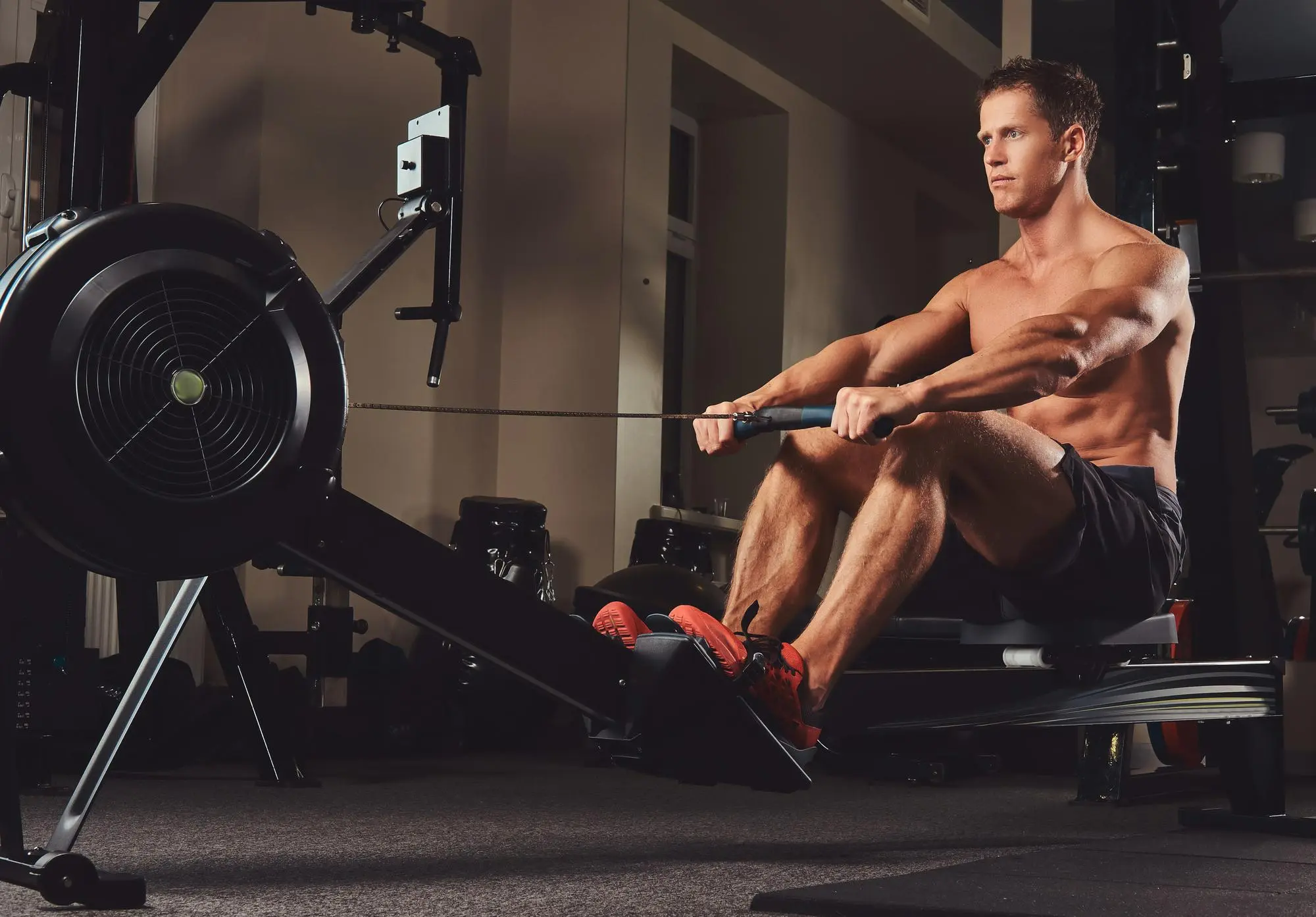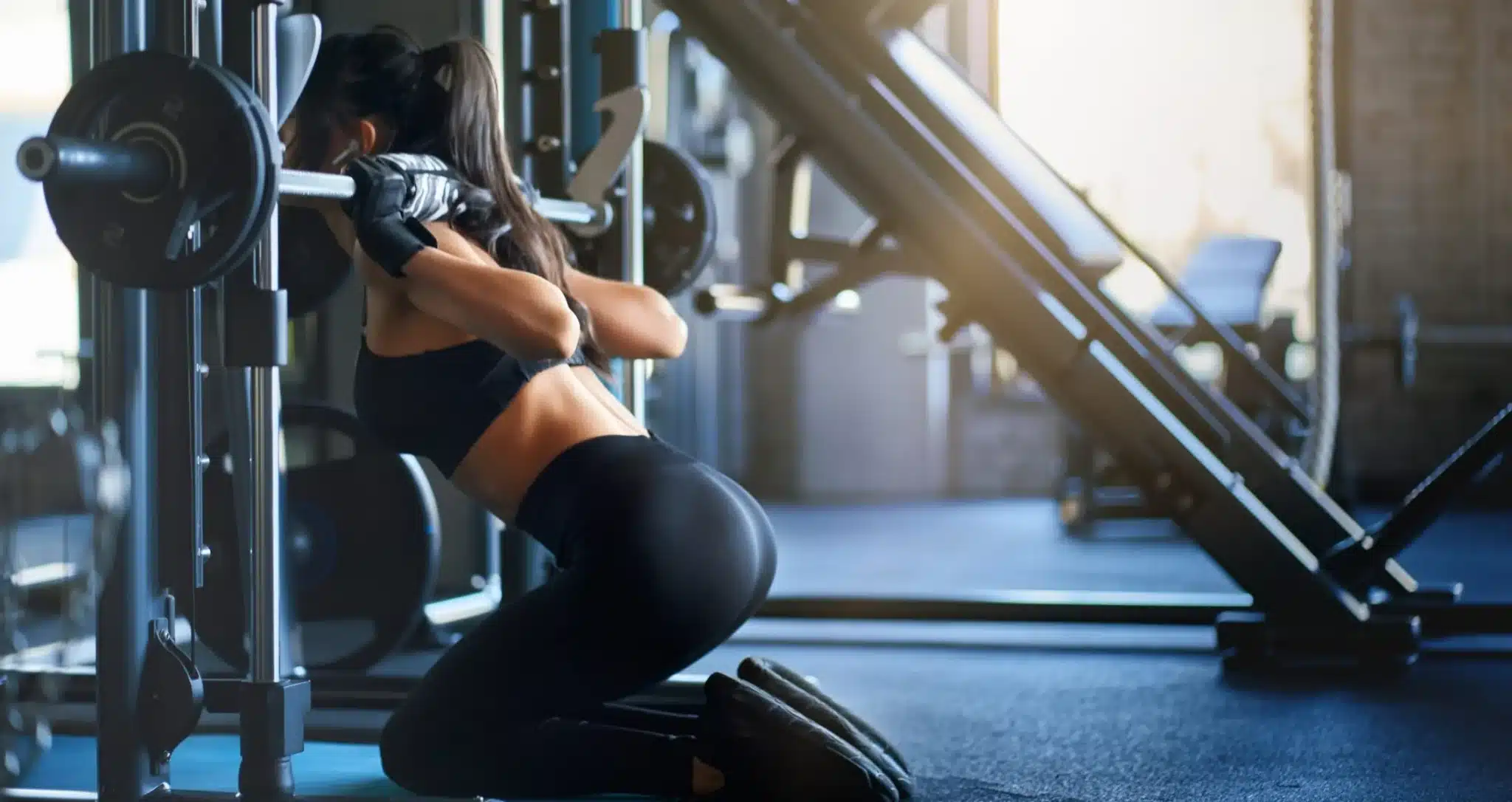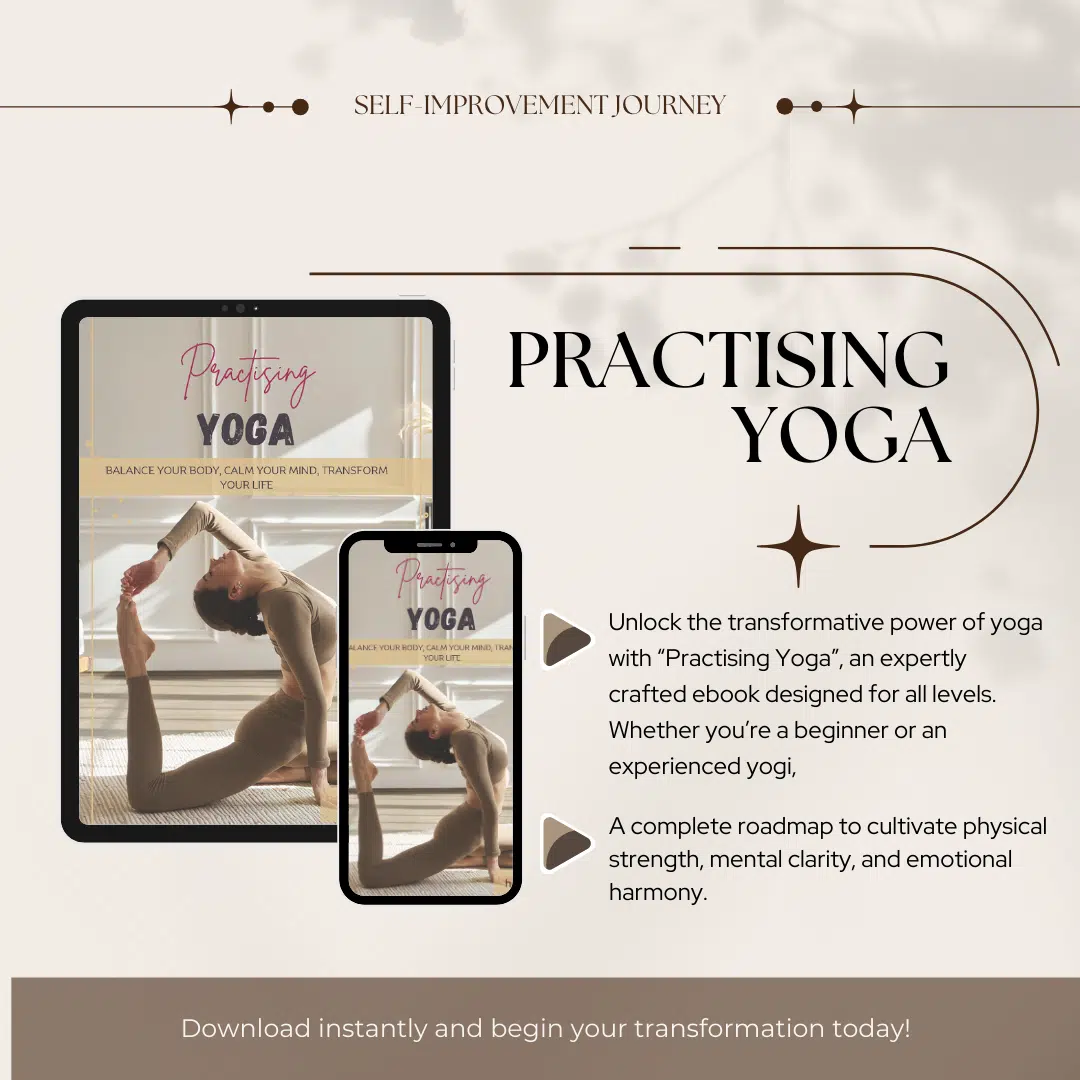- Key Benefits of the Bench Press
- Does Bench Press Build a Bigger Chest?
- How To Bench Press With Proper Form
- Common Bench Press Mistakes & How to Fix Them
- What Muscles Does the Bench Press Work
- Bench Press Variations for Optimal Gains
- How to Increase Your Bench Press
- Common Bench Press Injuries
- FAQ: How Much Does A Bench Press Bar Weigh?
- Conclusion
The flat barbell bench press is more than just a gym staple; it’s the ultimate test of upper body strength and a cornerstone of any effective chest hypertrophy program. But here’s the reality many lifters face: improper bench press form is the single biggest barrier to lifting heavier and building a bigger chest, often leading to frustrating plateaus and even shoulder pain from bench press.
Mastering the correct technique isn’t just about safety—it’s the fastest way to increase bench press weight and ensure you’re effectively overloading the muscles worked in bench press. This guide will transform your approach to this classic lift, turning it from a potential risk into your most powerful tool for growth.
Research shows that the bench press is a popular exercise for both professional athletes and fitness enthusiasts. People use it to build upper body strength and improve athletic performance. Furthermore, Athletes who compete in bench press competitions do special variations of the exercise to target the shoulder muscles, which are crucial for success in the sport.
Whether your goal is to build a stronger chest, break through a bench press plateau, or simply master the fundamentals of proper bench press arch and leg drive, understanding the mechanics is non-negotiable.
This updated guide is your complete roadmap. We’ll deconstruct the perfect bench press setup and form, provide a detailed analysis of the primary and secondary muscles worked (including the often-overlooked stabilizers), and explore strategic bench press variations for strength and hypertrophy.
By the end of this article, you’ll have a clear understanding of:
- Bench press muscles worked: A deep dive into the pectoralis major and minor, triceps, and front delts, plus the role of stabilizers like the lats and rotator cuff.
- Step-by-step bench press technique: From unracking the bar to mastering the mind-muscle connection for a bigger chest.
- Common bench press mistakes: How to fix the “flare elbows,” a bouncing bar path, and a loose setup that saps power.
- Bench press workout plan: How to program bench press for chest growth and integrate variations like the incline dumbbell press and close grip bench press.
- How to overcome a bench press stall: Practical programming and accessory work tips.
While known as a quintessential upper-body compound exercise for the chest, triceps, and shoulders, the benefits of a properly executed bench press extend into building total-body power, improving bone density, and boosting athletic performance.
Key Benefits of the Bench Press
✔ Builds a Bigger, Stronger Chest (Hypertrophy & Strength): As a fundamental upper body compound movement, the bench press is unparalleled for stimulating chest muscle growth (pectoral hypertrophy) and building raw, functional strength. It directly targets your chest, shoulders, and triceps, leading to significant gains in muscle size and upper body power.
✔ Enhances Athletic Performance & Explosive Power: The movement pattern directly translates to improved functional strength for pushing actions in sports. By teaching your body to generate force from the ground up through proper leg drive, you develop the explosive power, coordination, and stability crucial for athletes and serious lifters.
✔ Improves Posture and Shoulder Health: Contrary to popular belief, a properly executed bench press strengthens the critical stabilizers around your shoulder joint. By building a strong foundation in your chest, upper back, and rotator cuff, it helps correct muscle imbalances, support better posture, and reduce the risk of shoulder injuries.
Does Bench Press Build a Bigger Chest?
Yes, absolutely. The bench press is one of the most effective exercises for building a bigger, stronger chest. Scientific research and decades of gym results confirm that progressive overload through consistent bench press training directly stimulates pectoralis major hypertrophy—the technical term for chest muscle growth.
However, the key to unlocking this growth lies in proper execution. Simply moving weight isn’t enough. To effectively build chest muscle with bench press, you must engage the correct muscles through a full range of motion, which is why form is critical.
In the following sections, we’ll break down the exact bench press technique for maximum chest activation, highlight the common mistakes that limit your gains, and show you how to use strategic bench press variations for chest growth—like the incline bench press for upper chest development and the close-grip bench press for triceps and inner chest—to build a balanced, powerful physique.
How To Bench Press With Proper Form
Mastering the bench press requires meticulous attention to detail. Perfect Bench Press form is crucial for maximizing gains, preventing injuries, and unlocking your full potential.
Checklist For Correct Bench Press Form
- Body positioning: Lie flat on the bench with your feet shoulder-width apart and firmly planted on the ground. Create a slight arch in your lower back to engage your core and stabilize your body.
- Grip width: Experiment to find your optimal bench press grip, but generally, a slightly wider than shoulder-width grip is recommended. Ensure a firm grip with your thumbs wrapped around the bar.
- Bar path: Lower the bar in a controlled, straight path towards your lower chest. Avoid bouncing the bar off your chest.
- Elbow position: Maintain a 45-degree angle between your upper arms and torso to engage the chest muscles effectively.
- Breathing: Inhale as you lower the bar and exhale as you press it up.
Bench Press Grip Width
The width of your grip significantly impacts which muscles are emphasized during the bench press.
- Wide grip: Targets the chest and shoulders more prominently.
- Medium grip: Offers a balance between chest and triceps activation.
- Close grip: Primarily targets the triceps.
Experiment with different grip widths to find what works best for you and your goals.
Foot Placement
While often overlooked, foot placement plays a role in stability during the bench press. A shoulder-width stance with your feet flat on the floor is generally recommended. However, some individuals may find a slightly wider or narrower stance more comfortable.
Common Bench Press Mistakes & How to Fix Them
Even the most experienced lifters can develop bad habits that hinder progress and increase the risk of injury. Identifying and correcting these common bench press errors is crucial for activating your chest muscles effectively and lifting safely.
Here’s how to fix the most frequent form flaws:
❌ Mistake: Excessive Back Arch
Over-arching the lower back shifts the work away from your chest and places dangerous strain on your lumbar spine.
✅ The Fix: Engage Your Core & Set Your Feet
Focus on creating full-body tension. Engage your core and squeeze your glutes to maintain a natural, supported arch. Drive through your feet planted firmly on the floor to stabilize your entire body, not just your upper back.
❌ Mistake: Bouncing the Bar Off The Chest
Using momentum by bouncing the bar cheats your muscles out of tension and can lead to sternum or rib injuries.
✅ The Fix: Control the Eccentric & Pause
Lower the bar with control on the way down. Aim for a light touch—or even a brief pause—on your chest before explosively pressing the weight up. This ensures constant muscle tension and builds true strength.
❌ Mistake: Flared Elbows (Elbow Positioning)
Letting your elbows drift out to a 90-degree angle places excessive stress on the shoulder joint and rotator cuff.
✅ The Fix: Maintain a 45-Degree Elbow Tuck
For most lifters, the safest and most powerful position is to keep your elbows at a 45-60 degree angle relative to your torso. This protects your shoulders and ensures you’re driving with your chest and triceps.
By refining your form, you’ll enhance strength, stability, and muscle growth while reducing injury risks.
What Muscles Does the Bench Press Work
Understanding the muscles worked during the bench press is critical to maximizing the effectiveness of this powerful exercise. The core muscle groups trained during bench press exercises are the pectoralis major, the triceps brachii, the anterior deltoid, and the medial deltoid, serving as key stabilizers of the shoulder joint.
The bench press is the definitive upper-body compound exercise, renowned for building raw strength and mass. Understanding the bench press muscles worked is key to maximizing your results and training safely. Here’s a detailed breakdown of the primary movers and critical stabilizers.
Primary Muscles (The Movers)
These are the major muscle groups responsible for moving the weight.
1. Pectoralis Major (Chest Muscles)
- Role: As the primary muscle in bench press, the pectoralis major is the main driver during the pressing motion. It’s responsible for horizontal shoulder adduction—bringing your arms across your body—which is the core movement of the exercise.
- Why It Matters: Targeting this muscle effectively is the key to building a bigger chest and increasing your overall pressing power.
2. Triceps Brachii
- Role: Located on the back of your upper arm, the triceps are responsible for elbow extension—locking out your arms at the top of the movement.
- Why It Matters: Strong triceps are essential for bench press success, especially during the final and often toughest part of the lift. They are a major factor in overcoming sticking points and pushing heavier weights.
3. Anterior Deltoids (Front Shoulders)
- Role: The front delts assist the pectoralis major in shoulder flexion, helping to initiate and drive the weight upward.
- Why It Matters: Proper engagement of the anterior deltoids provides crucial shoulder stability. However, if you feel excessive front shoulder fatigue, it can be a sign of improper form or a weak link in the kinetic chain.
Secondary & Stabilizing Muscles (The Support System)
These muscles don’t directly lift the weight but are essential for creating a stable, powerful base and preventing injury.
4. Latissimus Dorsi (Lats)
- Role: Your lats act as a major stabilizer. By retracting and depressing your scapula (pulling your shoulder blades down and back), they create a solid “shelf” to press from.
- Why It Matters: Engaging your lats in the bench press is a pro-level technique that increases stability, protects your shoulders, and can even help you generate more power.
5. Serratus Anterior
- Role: This “boxer’s muscle,” located on the rib cage beneath the armpit, is crucial for scapular protraction (pushing your shoulder blades forward).
- Why It Matters: A strong serratus anterior ensures your shoulder blade moves correctly against the rib cage, which is vital for shoulder health in bench press and achieving a stable, powerful lockout.
6. Rotator Cuff
- Role: This group of four small muscles (supraspinatus, infraspinatus, teres minor, subscapularis) acts as the primary stabilizer for the shoulder joint during bench press, keeping the ball-and-socket joint centered and secure.
- Why It Matters: Strengthening the rotator cuff is non-negotiable for preventing shoulder injuries from bench press. It ensures smooth, controlled movement under heavy load.
Bench Press Variations for Optimal Gains
Incorporating bench press variations is essential to maximize your chest and upper body development. You can break through plateaus and achieve a more balanced physique by targeting different muscle fibres and angles.
A study delves into the impact of different bench press variations and techniques on muscle engagement and overall performance.
Incline Bench Press

The incline bench press emphasizes the upper chest and front delts. The best incline angle for a bench press is typically between 30 and 45 degrees. A higher incline (closer to 45 degrees) will engage the shoulders more, while a lower incline (closer to 30 degrees) will focus more on the upper chest. This range allows for optimal stimulation of the upper chest muscles without excessive strain on the shoulders. Maintain proper form and focus on contracting your chest muscles at the movement’s top.
Decline Bench Press

The decline bench press requires a different angle for targeting the lower chest. Adjust the bench to a decline of 15-30 degrees and maintain a stable base with your feet firmly planted.
Flat Bench Press

As a variation of the bench press, the flat bench press differs from incline or decline bench presses, which alter the angle of the bench to target different parts of the chest. The flat bench press is a versatile, all-around chest exercise that should be included in any balanced upper-body workout routine. By keeping the bench flat, you evenly distribute the workload across the major muscle groups, ensuring a well-rounded upper body development.
Dumbbell Bench Press
The dumbbell (db) bench press is a valuable addition to your chest workout, offering an excellent range of motion and stability. Focus on controlled movements and ensure equal weight distribution between both arms.
Close-Grip Bench Press
This variation maximizes triceps activation while still engaging the chest and shoulders. ✅ Tip: Position your hands slightly inside shoulder-width, keeping elbows close to your torso to reduce stress on the shoulder joints and emphasize triceps engagement.
Wide Grip Bench Press
A wider grip targets the outer chest and front delts, increasing pec activation. ✅ Tip: Grip the bar wider than shoulder-width, but avoid excessive wrist strain and overextending the shoulders to minimize injury risk.
Floor Press (Bench Press On Floor)
A floor press is essentially a bench press performed on the floor instead of a bench.
The primary difference lies in the starting position and range of motion. This variation can be beneficial for several reasons, including:
- Reduced stress on shoulders: By eliminating the bench angle, the floor press can be easier on the shoulders.
- Increased triceps involvement: The exercise places more emphasis on the triceps, leading to potential strength gains in this muscle group.
- Accessory exercise: It can be used as an accessory exercise to complement your regular bench press routine.
Chest Press Vs Bench Press
Chest Press
The chest press is a machine-based exercise that uses a fixed path of motion to target your chest muscles. It’s a great option for beginners or those recovering from an injury as it’s generally safer than free weights. However, because of its fixed path, it might not engage as many stabilizer muscles as the bench press.
Bench Press
The bench press is a classic free-weight exercise that uses a barbell or dumbbell to challenge your chest, shoulders, and triceps. It offers a greater range of motion and allows you to lift heavier weights, which can lead to significant strength gains. But beware, free weights do come with a slightly higher risk of injury, so proper form is essential.
How to Increase Your Bench Press
Incorporating progressive overload and strategic variations is essential to maximize your bench press performance.
Workout Routines for Different Fitness Levels
- Beginners: Focus on mastering proper form with lighter weights and higher repetitions (3 sets of 10-12 reps).
- Intermediate: Increase weight and reduce repetitions (3-4 sets of 8-10 reps) to build strength.
- Advanced: Incorporate heavier weights and lower repetitions (3-5 sets of 4-6 reps) for maximal strength gains.
Nutrition and Recovery
- Protein intake: Consuming adequate protein is crucial for muscle repair and growth.
- Caloric surplus: For muscle gain, aim for a slight caloric surplus.
- Rest and sleep: Prioritize quality and core sleep to optimize recovery and hormone production.
Overcoming Plateaus
- Vary your routine: Incorporate different rep ranges and exercises to maintain your muscles growth
- Increase training volume: Gradually increase the number of sets or exercises.
- Improve technique: Focus on refining your form to unlock additional strength.
- Consider powerlifting programs: Structured programs can help you break through plateaus.
Common Bench Press Injuries
The bench press is a cornerstone of any effective strength training program, but it’s also one of the exercises most likely to cause injury if done incorrectly.
Understanding the common bench press injuries and knowing how to prevent them can help you build muscle safely and effectively. Many studies have reported bench press injuries, with pectoralis major tears being the most common specific injury.
Shoulder Pain And Injuries
Common Issues: Shoulder injuries, including rotator cuff strains and impingement, are common in lifters who don’t use proper bench press form. These injuries can be caused by lifting too heavy, flaring the elbows, or not warming up properly.
Prevention Tips:
- Warm-Up Routine: Start every bench press workout with a thorough warm-up to prepare your shoulders. Use lighter weights and dynamic stretches.
- Correct Bench Press Form: Keep your elbows at a 45-degree angle to your torso to reduce strain on your shoulders. Avoid flaring out your elbows.
- Gradual Weight Increase: Increase the weight gradually to allow your shoulder muscles to adapt. Rushing to lift heavier weights can lead to injuries.
- Rotator Cuff Exercises: Incorporate exercises that specifically target the rotator cuff muscles to strengthen your shoulders and improve stability.
Elbow Pain
Common Issues: Elbow pain, often in the form of tendinitis, can occur when the bench press is performed with an improper grip or excessive weight. This can stress the triceps and the elbow joints.
Prevention Tips
- Proper Grip Width: Use a slightly wider grip than shoulder-width, ensuring it feels natural and doesn’t strain your elbows.
- Avoid Elbow Lockout: Don’t lock out your elbows at the top of the press, as this can cause joint stress. Keep a slight bend to maintain muscle tension.
- Rest and Recovery: If you experience elbow pain, reduce your lifting frequency and give your joints time to recover.
Lower Back Strain
Common Issues: Lower back strain often occurs when lifters arch their back excessively during the bench press in an attempt to press more weight. This places unnecessary stress on the lower back muscles.
Prevention Tips
- Maintain Proper Back Position: Keep a neutral spine with a slight natural arch in your lower back. Your glutes and shoulders should stay firmly on the bench.
- Engage Your Core: Tighten your core muscles during the lift to stabilize your spine and prevent lower back strain.
- Foot Placement: Position your feet flat on the floor to provide stability and reduce the load on your lower back.
Wrist Pain
Common Issues: Wrist pain is often caused by improper grip technique or lifting weights that are too heavy. This can lead to strain or injury, particularly if the wrists are not kept in a neutral position.
Prevention Tips
- Neutral Wrist Position: Keep your wrists straight and in line with your forearms during the lift. Avoid bending your wrists backward, as this increases the risk of injury.
- Use Wrist Wraps: Wrist wraps can provide additional support if you have difficulty maintaining wrist stability during heavy lifts.
- Strengthen Your Wrists: Incorporate wrist and forearm strengthening exercises into your routine to enhance stability and reduce the risk of injury.
Pectoral Muscle Tear
Common Issues: A pectoral (pec) tear is a serious injury that can occur during heavy bench pressing, particularly if proper form is not maintained or if the muscles are not adequately warmed up.
Prevention Tips
- Thorough Warm-Up: Always warm up your chest muscles with lighter weights and stretches before attempting heavy lifts.
- Controlled Lifting: Focus on controlled movements throughout the lift. Avoid jerky or explosive motions, especially when lifting near your max.
- Increase Load Gradually: Gradually increase the weight to allow your pectoral muscles to adapt and strengthen over time.
You can safely achieve your strength and fitness goals by focusing on proper bench press technique, gradually increasing the weight, and understanding how to prevent common injuries. Prioritizing these preventive measures will help you avoid setbacks and ensure steady progress in your bench press workouts.
FAQ: How Much Does A Bench Press Bar Weigh?
A standard Olympic barbell, commonly used for bench press, weighs 45 pounds or 20 kilograms. It’s important to remember that this is the weight of the bar itself, and doesn’t include any additional weight plates.
So, if you add 100 pounds of weights to the bar, you’re lifting a total of 145 pounds. There are also lighter options available, especially for women, which typically weigh around 35 pounds or 15 kilograms.
Conclusion
Mastering the bench press is a journey that requires dedication, proper form, and consistent effort. By understanding the intricacies of the exercise, experimenting with variations, and prioritizing recovery, you can achieve significant strength gains and build an impressive chest and upper body.
Remember, progress takes time. Stay patient, listen to your body, and don’t be afraid to seek guidance from a qualified fitness professional.












